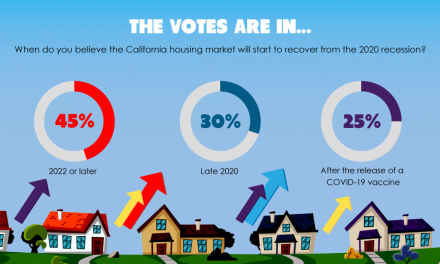Encouraged by a decades-long campaign to increase homeownership in the nation and buoyed by the sky-high prices of the last housing boom, many homeowners and prospective homeowners have grown used to the idea of the home as an investment.
The traditional (and more stable) evaluation of a home by brokers and their agents is based on the neighborhood’s location and the density of the population, family income growth and household wealth in that location – all of which have taken a beating during the last few decades in other than very high-end communities with a large portion of retired persons. The Federal Reserve reports household debt at 124% of income, which means less money available in future for housing and other consumer spending which supports property prices.
Additionally, there will be no Baby Boomer-like influx of buyers (as was present the 1980s) to create explosive demand for housing and drive prices up this time around the cycle, which should peak around 2018. [See first tuesday article, “First-time homebuyers and new housing”]
The Census Bureau reports California’s retirement-age population currently makes up approximately 25% of the state’s residents; that number is projected to grow to 31% by 2040. One-quarter to one-third of that aged population’s growth will soon start looking to sell their homes, and they will be greeted with a dearth of buyers. Builders of detached single family residences (SFRs) will also feel the pinch of these retirees as they compete with retirees and other existing homeowners to sell homes.
first tuesday take: The era of viewing your home as an investment is over for the next couple of decades. But as the article further suggests, this is far from a harbinger of doom for California’s real estate market. Instead, it is a call for brokers and their agents to return to common sense financing and valuations of the properties they help buy and sell. A house may no longer represent an investment returning a profit upon resale, but it will still remain a shelter and a homestead; a family nest, as intended.
For 15 years following the second worst recession since WWII (the current great recession being the worst), the resale of a home held for more than five years returned to the seller his original investment on closing. The next 15 years will be closer to that experience than the one of the decade just past.
The idea of paying off a mortgage and owning a home free and clear in retirement years, although forsaken in recent decades, will once again be the main goal of prospective homebuyers. Thus the market will be slowly rid of speculators for lack of price volatility to deliver a quick hit-and-run profit. Hopefully brokers will get it right by abandoning the comparable sales approach as the sole excuse for setting prices, and return to the sanity of real estate pricing fundamentals — square footage replacement costs and rent-based equivalency pricing.
Re: “Don’t bank on your home as an ATM” from the Los Angeles Times













